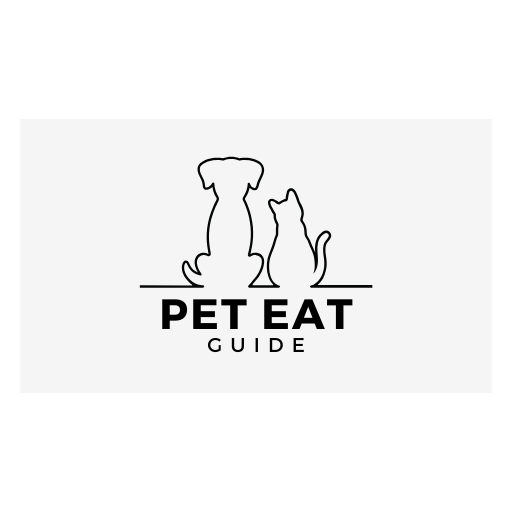Introduction: Why Pet Nutrition Matters
As pet parents, we strive to give our furry companions the best life possible. From daily walks to cuddles on the couch, every moment we share strengthens our bond. But there’s one area where love alone isn’t enough—nutrition.
Just like humans, pets thrive when they receive the right balance of nutrients, vitamins, and minerals. Unfortunately, many commercial pet foods are packed with fillers, preservatives, and artificial ingredients that can harm their health over time. That’s where the Peteat Guide comes in—your go-to source for natural, wholesome pet nourishment.
In this guide, we’ll explore everything you need to know about homemade pet food: its benefits, how to get started, what to avoid, and how to keep your pet healthy, active, and happy through what they eat.
Let’s dive into the bowl and explore the path to better pet nutrition.
1. Understanding Your Pet’s Dietary Needs
Every pet is unique, and so are their nutritional requirements. A puppy has different needs than a senior dog, and cats have entirely different dietary expectations than dogs. Let’s break it down:
Dogs
- Omnivores: Dogs can eat both animal and plant-based food.
- Nutritional Needs: Protein (from meat or fish), fats, carbohydrates, fiber, vitamins, and minerals.
- Key Nutrients: Omega-3 fatty acids, calcium, phosphorus, B vitamins, and iron.
Cats
- Obligate Carnivores: Cats need meat to survive and thrive.
- Nutritional Needs: High protein, taurine (an essential amino acid), arachidonic acid, vitamin A, and niacin.
- Key Nutrients: Taurine, vitamin B12, thiamine, and essential fatty acids.
It’s important to tailor your homemade meals according to your pet’s age, size, breed, and health status. For example:
- Puppies and kittens need more calories and protein.
- Senior pets may require lower fat and higher fiber.
Before making changes, it’s always wise to consult with a veterinarian or pet nutritionist.


Leave a Reply